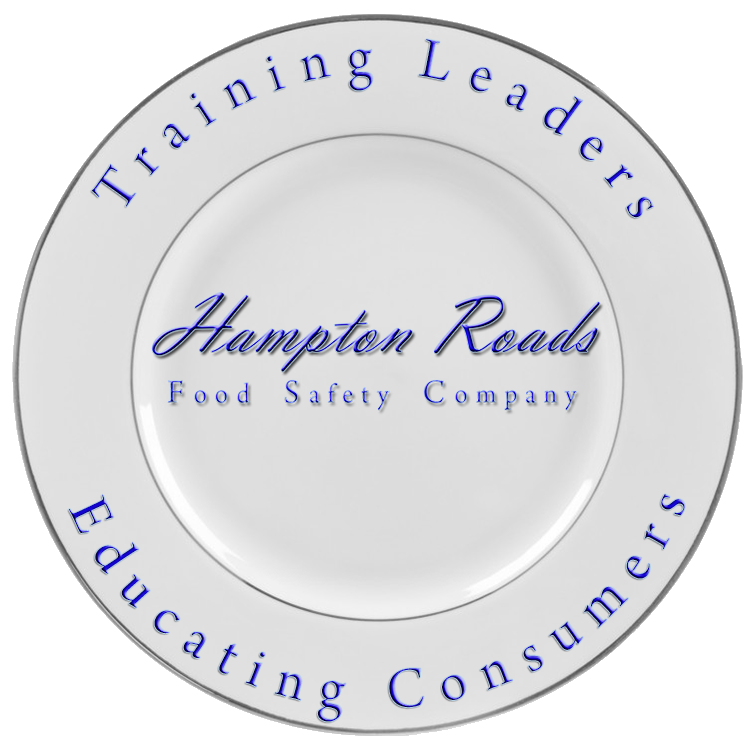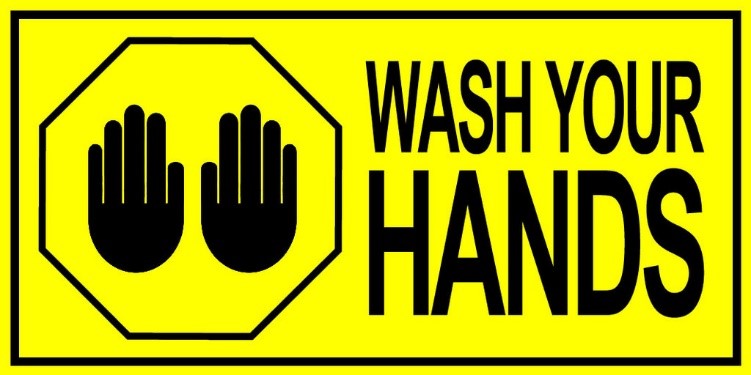Common Myths About Food Safety at Home
Myth #1: Food poisoning isn’t that big of a deal, I just have to tough it out for a day or two then it’s over.
FACT: Many people don’t know it, but some foodborne illnesses can actually lead to long-term health conditions, and, 3,000 Americans a year die from foodborne illness. Get the facts on long-term effects of food poisoning.
Myth #2: It’s okay to thaw meat on the counter. Since it starts out frozen, bacteria really isn’t a problem.
FACT: Actually, bacteria surprisingly grow rapidly at room temperatures, so the counter is never a place you should thaw foods. Instead, thaw foods the right way.
Myth #3: When cleaning my kitchen, the more bleach I use, the better. More bleach kills more bacteria, so it’s safer for my family.
FACT: Actually, there is no advantage to using more bleach than needed. To clean kitchen surfaces more effectively, use just 1 teaspoon of liquid, unscented bleach to one quart of water.
Myth #4: I don’t need to wash fruits or vegetables if I am going to peel them.
FACT: It is easy to transfer bacteria from the peel or rind you are cutting to the inside of your fruits and veggies, it’s important to wash all produce, even if you plan to peel it.
Myth #5: To get rid of any bacteria on my meat, poultry, or seafood, I should rinse off the juices with water first.
FACT: Rinsing meat, poultry or seafood with water can increase your chance of food poisoning by splashing juices (and any bacteria they may contain) onto your counters. The best way to cook meat, poultry or seafood safely is to make sure you cook it to the right temperature.
Myth #6: The only reason to let food sit after it’s been microwaved is to make sure you don’t burn yourself or food is too hot.
FACT: In fact, letting microwaved food sit for a few minutes (“standing time”) helps your food cook more completely by allowing colder areas of food time to absorb heat from hotter areas of food.
Myth #7: Leftovers are safe to eat until they smell bad.
FACT: The kinds of bacteria that cause food poisoning do not affect the look, smell, or taste of food. To be safe use the Safe Storage Times chart at www.foodsafety.gov. Make sure you know the right time to throw food out.
Myth #8: Once food has been cooked, all the bacteria has been killed, so I don’t need to worry once it “is done.”
FACT: The possibility of bacterial growth actually increases after it has been cooked, because the drop in temperature allows bacteria to thrive. This is why keeping cooked food warmed to the right temperature is critical to food safety.
Myth #9: Marinades are acidic, which kills bacteria—so it’s okay to marinate foods on the counter.
FACT: Even in the presence of acidic marinade, bacteria grow very rapidly at room temperatures. To marinate food safety, it’s important to marinate them in the refrigerator.
Myth #10: If I really want my produce to be safe, I should wash fruits and vegetables with soap or detergent before I use them.
FACT: In fact, it’s best not to use soaps or detergents on produce, since these products can linger on foods and are not safe for consumption. Using clean running water is the best way to remove bacteria and wash produce safely.





